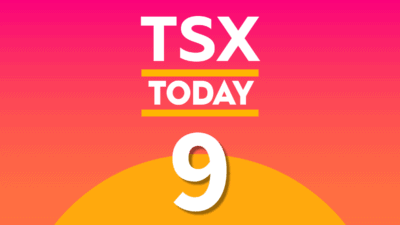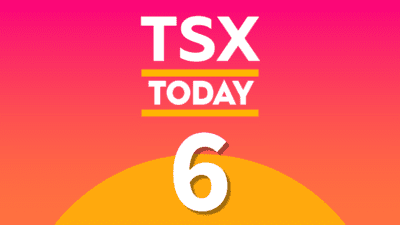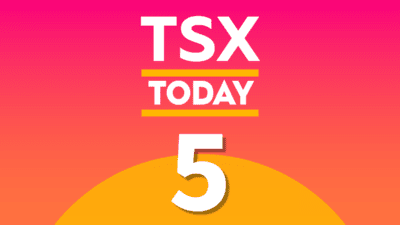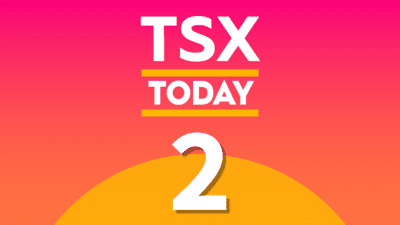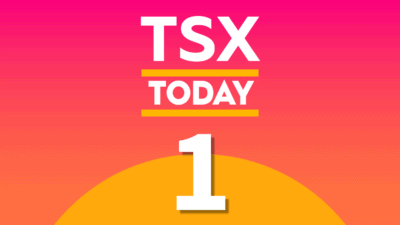The stock market can be tricky and full of jargon. You have probably invested in a popular stock only to realize losses. Many stock market lessons of buying the dip, selling the rally, or buying undervalued stocks are easier said than done. How do you know the stock is undervalued or the stock price is down? That knowledge comes from experience. How can you start investing in stocks with no experience?
Investing in stocks without experience
Investing in individual stocks can be risky as they are exposed not only to industry and macro risks but also company-specific risks. Even the market leaders have perished on Wall Street due to poor management, competition, consolidation, or too much debt. And even experts like Warren Buffett make mistakes.
These mistakes happen because the market is unpredictable. If everyone in the market made rational decisions based on the company’s strengths, there would be no volatility. Markets run on investor sentiments in the short run and then price in the fundamentals in the long run.
Investing in this unstable and dynamic market without any experience is a challenge. But diversification can help you thrive. Instead of investing in just one stock, you can invest in 20 stocks of the same sector but different company sizes. Or you can invest in 100 stocks of different sectors of similar size (large caps or mid caps).
Instead of focusing on which stock to invest in, you can focus on your investing strategy and leave the stock-level diversification to Exchange-Traded Funds (ETF).
Start investing in stocks with this ETF
ETFs mirror the market index by investing in the stocks listed on the index with similar weightage. One ETF you can invest in is the Horizons S&P/TSX 60 Index ETF (TSX:HXT). It mirrors the top 60 stocks by market cap across diverse sectors trading on the TSX. The S&P updates the index every quarter, giving you exposure to the large caps. If a stock’s performance reduces its market cap, it is replaced by another stock on the index during the quarterly rebalancing of the index.
Since HXT ETF mirrors the index, it also rebalances the portfolio to give market returns. While the market ETF can diversify your portfolio and rebalance it automatically, it cannot outperform the market. The ETF has given an average annual return of 9.99% in the last five years. It surged 28.8% in 2021 when the market was in a bull run, followed by a 1,246% dip in 2022 when the market corrected.
You can use this volatility to your advantage by investing a small amount every month in the ETF. In a bull market, you may get fewer units and in a bear market more units. In the long term, your average cost per unit will be lower, giving you higher returns than a term deposit while reducing risk through diversification.
Up your investing game with an ETF portfolio
The market returns are not enough to build wealth in the long term. As you start gaining some experience in investing, you can adopt different investing strategies. You can determine an asset allocation, let’s say 40% in large caps, 30% in sector stocks, 30% in commodities and REITs. Suppose you are bullish on the technology sector, like the 2023 Chat GPT frenzy or the 2021 cryptocurrency boom.
You can catch up to these trends early by investing in the Horizons NASDAQ-100 Index ETF, which tracks Nasdaq stocks. Or you can opt for the Purpose Bitcoin CAD ETF, which has Bitcoin as the underlying asset. The sector-specific ETFs can help you catch onto the tech bull run without going bonkers on which stock to pick.
You can invest a lump sum in a growing trend and rebalance once your target is achieved. Suppose you are bullish on the tech sector and expect the Nasdaq ETF to surge 50% and convert your $1,000 into $1,500. Once the ETF meets the target, you can remove the $500 profit and invest it in another sector you are bullish on, thereby rebalancing your portfolio.


